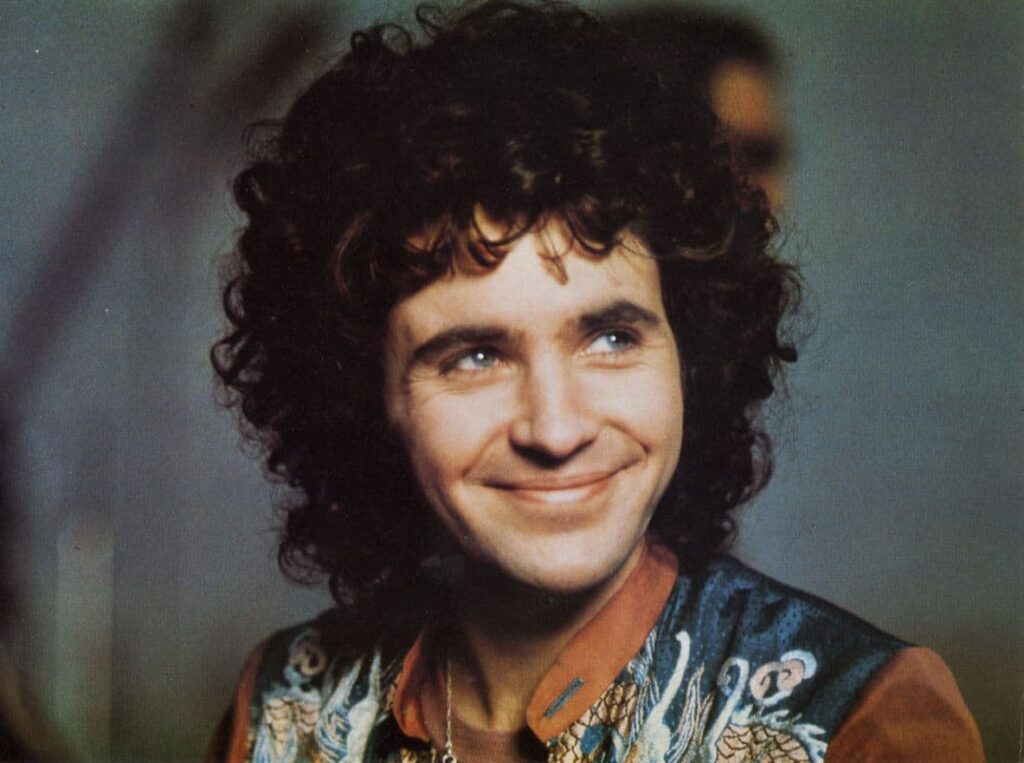
When the Light in the Window Was All the Permission We Needed
The year was 1973. The soundscape was changing, but there was still a deep appreciation for the romantic troubadour, and no one filled that role quite like David Essex. Fresh off the international success of the mesmerizing, minimalist classic, “Rock On”, the expectations for his next single were stratospheric. In the UK, he was already a bona fide teen idol and a burgeoning film star, a status that only magnified the excitement. His follow-up, the self-penned “Lamplight”, released in November 1973, proved that his songwriting depth extended beyond the raw edge of his first big hit. It was a solid commercial success, peaking at number 7 on the UK Singles Chart during a 15-week run. While it didn’t replicate the global frenzy of “Rock On”—it only reached a modest number 71 on the US Billboard Hot 100—in Britain and Ireland, where it hit number 20, it cemented his position as a versatile hitmaker. The song was featured on his classic debut album, Rock On, which was released the same year and was wholly produced and arranged by the prodigious Jeff Wayne.
The Quiet Glow of a Secret Meeting
The song’s essence is distilled into a single, intimate image: the glow of a light in a window. In an age before instant communication, that single beam of warmth was everything—a silent agreement, a clandestine invitation, a sign of hope amid the darkness. The lyric “Babe, I see your lamplight/Shining from your window” is the key. It’s not about an open door or a loud call; it’s the quiet, almost desperate acknowledgment of a presence.
Essex crafted a tale of a nervous, lovesick young man—a persona he embodied so perfectly on screen in films like That’ll Be the Day—who is hesitating outside his lover’s home. The lyrics paint a picture of romantic anxiety: “Baby, would I look right/Climbing up the drainpipe?/Baby, would it feel right/If I stayed all night?” This is not the bold swagger of a rock star; it’s the vulnerable, slightly awkward yearning of youth caught between convention and desire.
The simple, driving musical arrangement, characteristic of the work with producer Jeff Wayne on the “Rock On” album, perfectly frames this emotional tension. The song builds on a pop-rock base, but with a wistful, almost melancholic melody that suggests the character’s profound loneliness and uncertainty before that final, magnetic draw of the light. The feeling is intensely personal, reflecting a time when teenage love felt like the most dramatic, high-stakes secret in the world.
For those of us who came of age in that era, “Lamplight” is a vivid, shimmering postcard from a simpler time. It evokes the memory of cold, damp nights, whispered goodbyes, and the sheer, heart-stopping thrill of seeing that light—the one signal that said, ‘Yes, you matter, and I’m waiting.’ It wasn’t just a hit record; it was an emotional touchstone, a reflection of universal longing wrapped in the stylish mystique of one of the decade’s biggest stars. It captured a moment when anticipation was half the pleasure and the glowing, intimate circle of a lamplight offered a sanctuary from the bewildering world outside. The song’s power lies in that shared, nostalgic ache for a time when one small, steady light could illuminate the entire world.